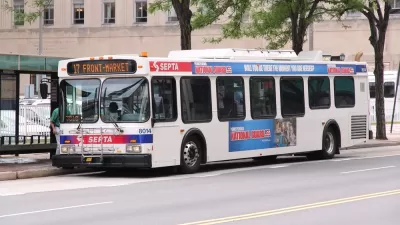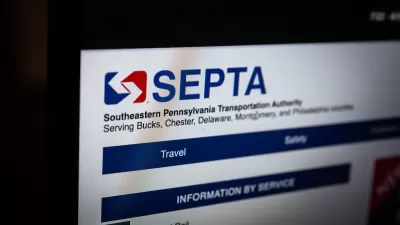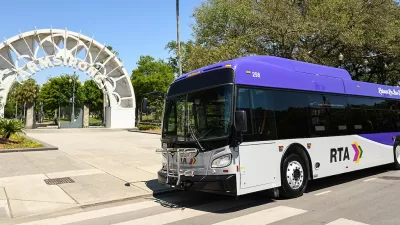Absent additional state or federal funding, public transit systems across the nation could be forced to reduce service.

Public transit systems around the country continue to struggle, with many facing service cuts without additional support.
As Amal Ahmed notes in Streetsblog USA, ridership is down while labor and operating costs are up, and pandemic-era federal funding is drying up. Service cuts lead to further ridership losses, creating a self-perpetuating “transit doom loop.” Ahmed explains, “Funding cuts — whether due to revenue losses from fares, sales taxes, or aid money — all lead to worse service. And the perception that buses are always late, or that empty trains are unsafe, can also feed into a reluctance to pay and ride for the service at all.”
On average, national transit rides are at about 74 percent of pre-pandemic levels, although that varies from region to region. In September 2023, the Department of Transportation found that only 15 urban areas of the nearly 500 that report data to the federal government had recovered entirely.
There are some bright spots: in Miami, transit ridership exceeded pre-pandemic levels last fall, and voters approved a referendum to increase transit funding. But overall, the 28 million Americans who depend on transit are seeing reduced frequencies and slower, less reliable systems. “Greater state or federal support will simply be necessary if transit systems will survive the loss of commuters who now work from home in an age of rising costs and the need to keep systems in a state of good repair.”
FULL STORY: ‘Doom Loop’ Alert: Transit Systems are Suffering — And Too Many Are Cutting Service

Alabama: Trump Terminates Settlements for Black Communities Harmed By Raw Sewage
Trump deemed the landmark civil rights agreement “illegal DEI and environmental justice policy.”

Study: Maui’s Plan to Convert Vacation Rentals to Long-Term Housing Could Cause Nearly $1 Billion Economic Loss
The plan would reduce visitor accommodation by 25% resulting in 1,900 jobs lost.

Planetizen Federal Action Tracker
A weekly monitor of how Trump’s orders and actions are impacting planners and planning in America.

Waymo Gets Permission to Map SF’s Market Street
If allowed to operate on the traffic-restricted street, Waymo’s autonomous taxis would have a leg up over ride-hailing competitors — and counter the city’s efforts to grow bike and pedestrian on the thoroughfare.

Parklet Symposium Highlights the Success of Shared Spaces
Parklets got a boost during the Covid-19 pandemic, when the concept was translated to outdoor dining programs that offered restaurants a lifeline during the shutdown.

Federal Homelessness Agency Places Entire Staff on Leave
The U.S. Interagency Council on Homelessness is the only federal agency dedicated to preventing and ending homelessness.
Urban Design for Planners 1: Software Tools
This six-course series explores essential urban design concepts using open source software and equips planners with the tools they need to participate fully in the urban design process.
Planning for Universal Design
Learn the tools for implementing Universal Design in planning regulations.
Caltrans
Smith Gee Studio
Institute for Housing and Urban Development Studies (IHS)
City of Grandview
Harvard GSD Executive Education
Toledo-Lucas County Plan Commissions
Salt Lake City
NYU Wagner Graduate School of Public Service





























